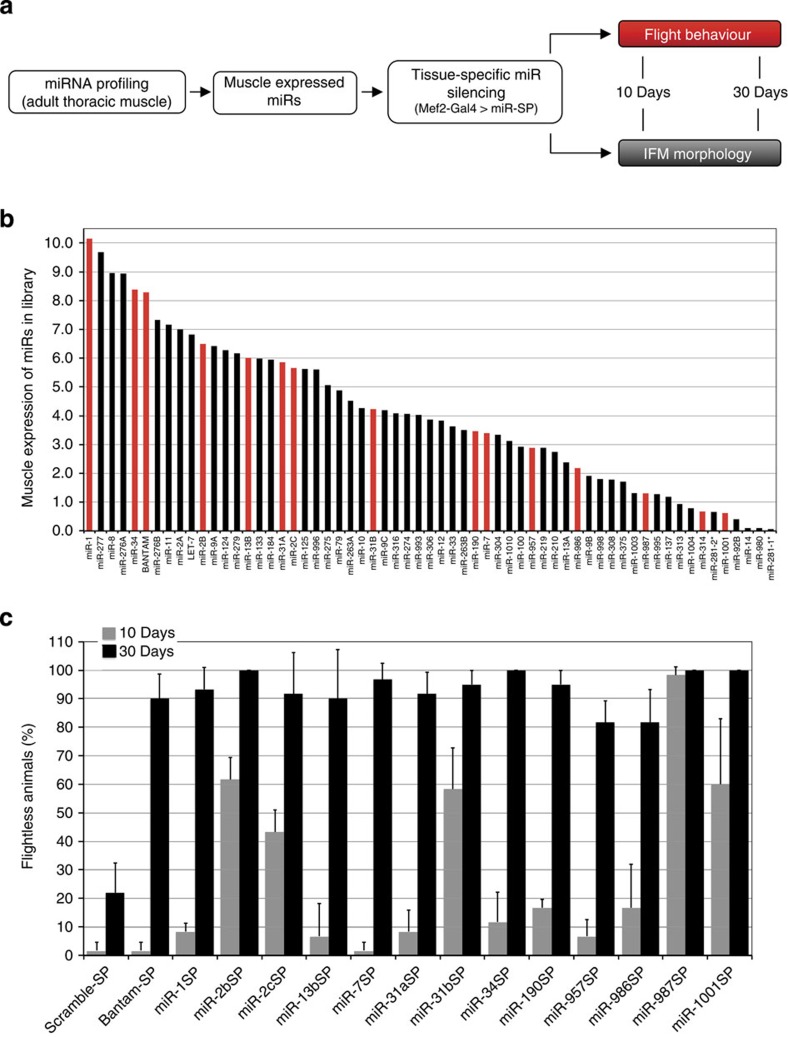Figure 3. Tissue-specific in vivo screen for miRNAs regulating muscle function and maintenance.
(a) Screen strategy diagram. Muscle-expressed miRNAs were profiled in the adult thoracic muscle tissue, and silenced by driving corresponding miR-SPs with the dMef2-Gal4 driver. Flight behaviour and IFM morphology was assessed at 10- and 30-day-old animals. (b) miRNA microarray profiling of the thoracic muscle tissue. For simplicity, only miRNAs with detectable expression are shown. Red bars denote positive hits in the primary muscle screen. (c) Positive hits from the flight screen. ‘Flightless phenotype' was defined at a value above twice the s.d. of Scramble-SP controls in 30-day-old animals (analysis of variance, post hoc analysis with Tukey–Kramer multiple comparisons test P≤0.001; error bars, s.d., n=3 replicates of 20 animals). Flight behaviour is shown for 10-day-old animals in grey bars and for 30-day-old animals in black bars. *indicates less abundant strand from the mentioned hairpin structure.

